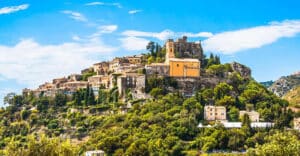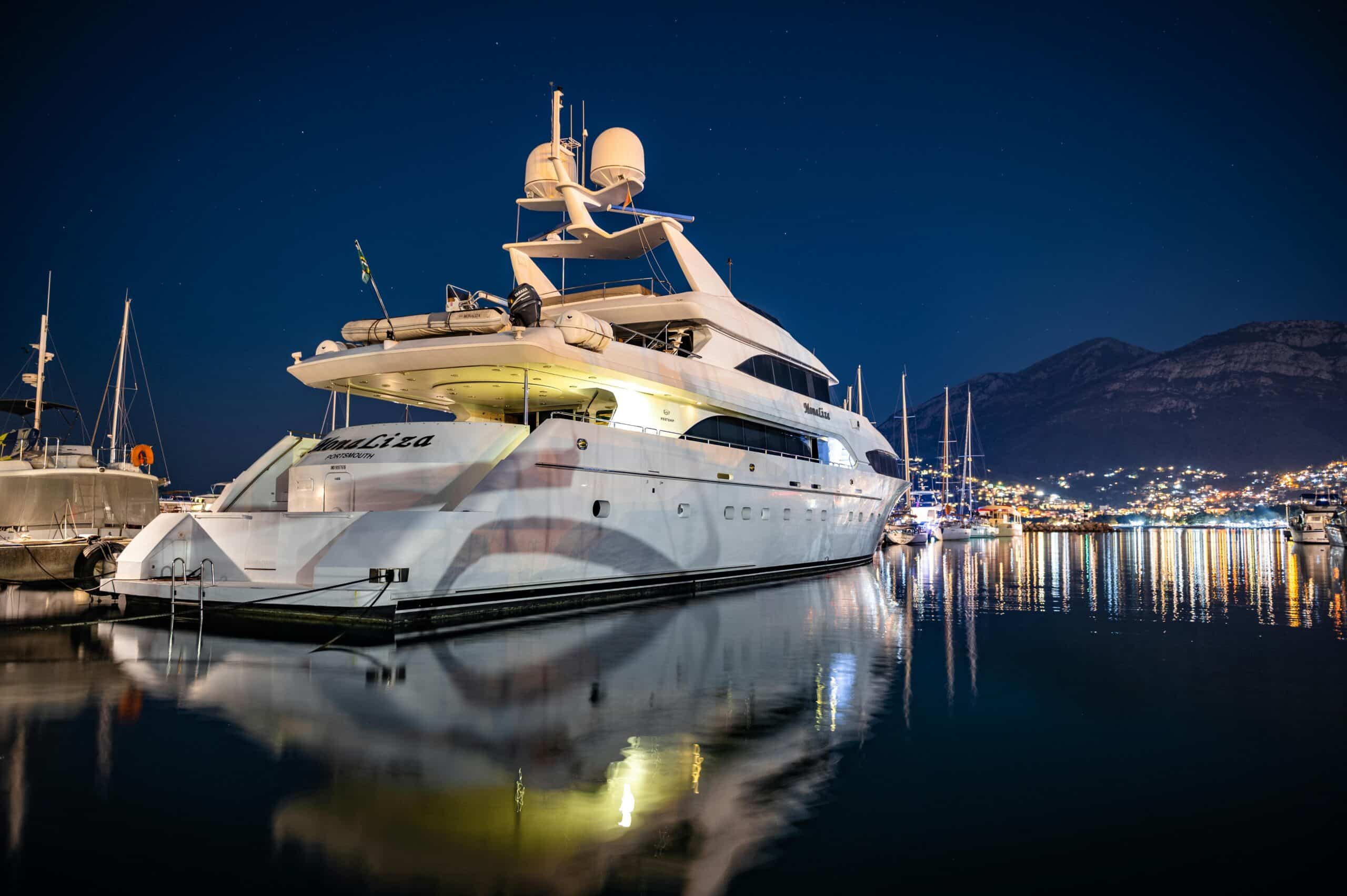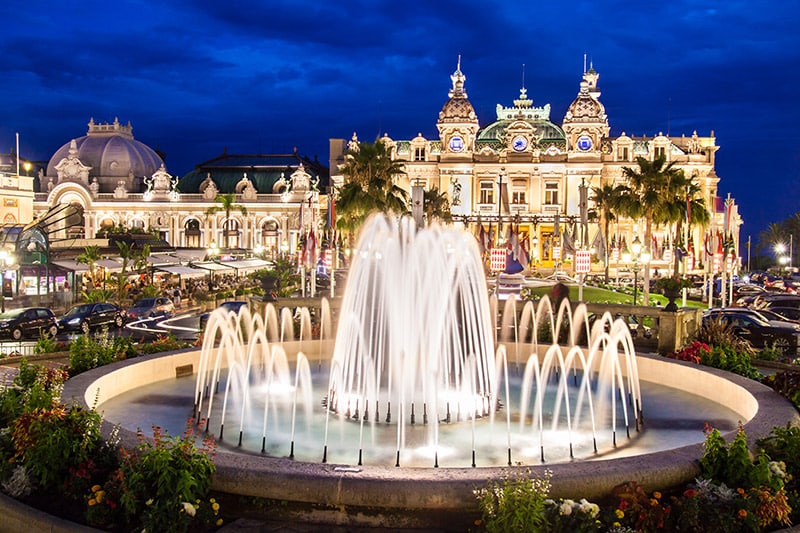Monte Carlo is a name that conjures images of luxury, wealth, casinos, and the glamorous Formula 1 Grand Prix.
But when it comes to its political status, there’s often confusion about whether Monte Carlo qualifies as a country in its own right.
This article explores the geographic, political, and cultural status of Monte Carlo, examining why this confusion exists and clarifying its actual position in the world.
The Geographic and Political Reality
To answer the question directly: No, Monte Carlo is not a country. Monte Carlo is actually a district (quartier) within the Principality of Monaco, which itself is a sovereign city-state on the French Riviera.
Monaco is one of the world’s smallest countries, covering just 2.02 square kilometers (0.78 square miles), and Monte Carlo is merely one administrative division within this tiny nation.
According to the official Monaco government website, Monaco is divided into several districts, with Monte Carlo being the most famous. The other districts include Monaco-Ville (the old city), La Condamine (the port area), Fontvieille (the newer, reclaimed area), Moneghetti, Saint Roman, Larvotto, and La Rousse.
The Principality of Monaco: The Actual Country
Monaco, not Monte Carlo, is the sovereign nation recognized internationally. It has all the hallmarks of a country:
- Sovereign status: Monaco is recognized by the United Nations and maintains diplomatic relations with most countries worldwide.
- Government structure: It is a constitutional monarchy headed by Prince Albert II of the House of Grimaldi, which has ruled Monaco almost continuously since 1297.
- Its own laws and judiciary: The Principality has its own legal system, though it maintains close ties with the French legal system.
- Citizenship: There are Monégasque citizens, not Monte Carlo citizens.
- International representation: Monaco participates in international organizations and events as a sovereign state.
Why the Confusion?
Several factors contribute to the confusion about Monte Carlo’s status:
1. Fame and Recognition
Monte Carlo is arguably more famous internationally than Monaco itself. This district gained worldwide recognition through:
- The Monte Carlo Casino: Established in 1863, this iconic gambling establishment has been featured in numerous films, including several James Bond movies.
- The Monte Carlo Rally: One of the oldest and most prestigious automobile rallies in the world.
- The Monte Carlo Masters: A major tennis tournament in the ATP World Tour Masters 1000 series.
According to the official tourism website, Monte Carlo remains the principality’s main attraction, drawing millions of visitors annually.
2. Historical Distinctiveness
Historically, Monte Carlo developed as a somewhat separate entity. When the casino was established in the 1860s by Prince Charles III (hence “Monte Carlo” or “Mount Charles”), the area was relatively undeveloped compared to the old town of Monaco. Its subsequent growth as an entertainment and gambling center gave it a distinctive identity within the principality.
3. Cultural Representations
In popular culture, literature, and film, Monte Carlo is often portrayed as if it were a country. This representation in media has reinforced the misconception for generations.
Monte Carlo’s Actual Role
Monte Carlo serves as the premier district of Monaco, functioning as:
- An entertainment hub: Home to the famous casino, opera house, and numerous luxury hotels.
- A residential area: Many of Monaco’s wealthy residents live in Monte Carlo’s luxury apartments.
- A business center: Many banks and financial institutions are headquartered here.
- A tourist destination: Its beaches, casino, and elegant Belle Époque architecture draw visitors year-round.
The Monaco Tourism Board promotes Monte Carlo as the glamorous heart of the principality, but always within the context of Monaco as the sovereign entity.
Monaco’s Unique Status
While Monte Carlo is not a country, Monaco itself is a fascinating case study in sovereignty. As one of the world’s microstates, it maintains several unique characteristics:
- Size: It’s the second-smallest sovereign state in the world (after Vatican City).
- Population density: With approximately 39,000 residents in just 2 square kilometers, it’s the most densely populated country globally.
- Wealth: It boasts one of the highest GDP per capita figures in the world.
- Tax status: Famous for having no income tax for most residents, making it a popular residential choice for the wealthy.
According to Monaco’s official statistics institute, the country maintains one of the highest standards of living globally, with an economy heavily focused on tourism, banking, and luxury services.
The Monaco-France Relationship
Another source of confusion about Monaco’s (and by extension, Monte Carlo’s) status stems from its close relationship with France. While Monaco is fully independent, it exists in a special relationship with France:
- Defense: France is responsible for Monaco’s defense.
- Currency: Monaco uses the Euro and has a customs union with France.
- Border: There are no border controls between Monaco and France.
- Language: French is the official language, though Monégasque, Italian, and English are also widely spoken.
The official Monaco government website clarifies that despite these close ties, Monaco remains a fully independent state with its own government, laws, and international representation.
Practical Implications for Visitors
For tourists visiting Monte Carlo, it’s important to understand that:
- You are entering the country of Monaco, not a separate entity called Monte Carlo.
- While there are no visible borders between France and Monaco, you are indeed crossing from one sovereign nation to another.
- Monaco has its own postal system, telephone country code (+377), and internet domain (.mc).
- Monte Carlo addresses will typically be listed as being in Monaco, not as a separate country.
The Monte Carlo SBM (Société des Bains de Mer), which operates many of the district’s luxury establishments, provides visitor information that consistently places Monte Carlo within the context of Monaco.
Conclusion
The confusion around Monte Carlo’s status is understandable given its outsized reputation and cultural prominence. However, it’s important to recognize that Monte Carlo is simply a district within the sovereign nation of Monaco. This small but significant distinction helps clarify the political geography of this glamorous corner of the Mediterranean coast.
When we speak of Monte Carlo, we’re referring to a specific area within Monaco – one that certainly punches above its weight in terms of global recognition, but which remains part of a tiny yet fully sovereign principality. Understanding this distinction not only clarifies a common geographic misconception but also highlights the fascinating case of Monaco, one of the world’s most distinctive microstates.
For those interested in learning more, the official websites of Monaco’s government and tourist board offer authoritative information on the principality’s history, culture, and administrative divisions, including the world-famous district of Monte Carlo.
Disclaimer: This post contains affiliate links. If you make a booking or purchase through them, I will make a small commission at no extra cost to you.



![Top 10 Things To Do in Monaco in May [2025] 3 things to do in monaco in winter](https://yourmonaco.com/wp-content/uploads/2023/11/cityscape-of-monaco.jpg)
